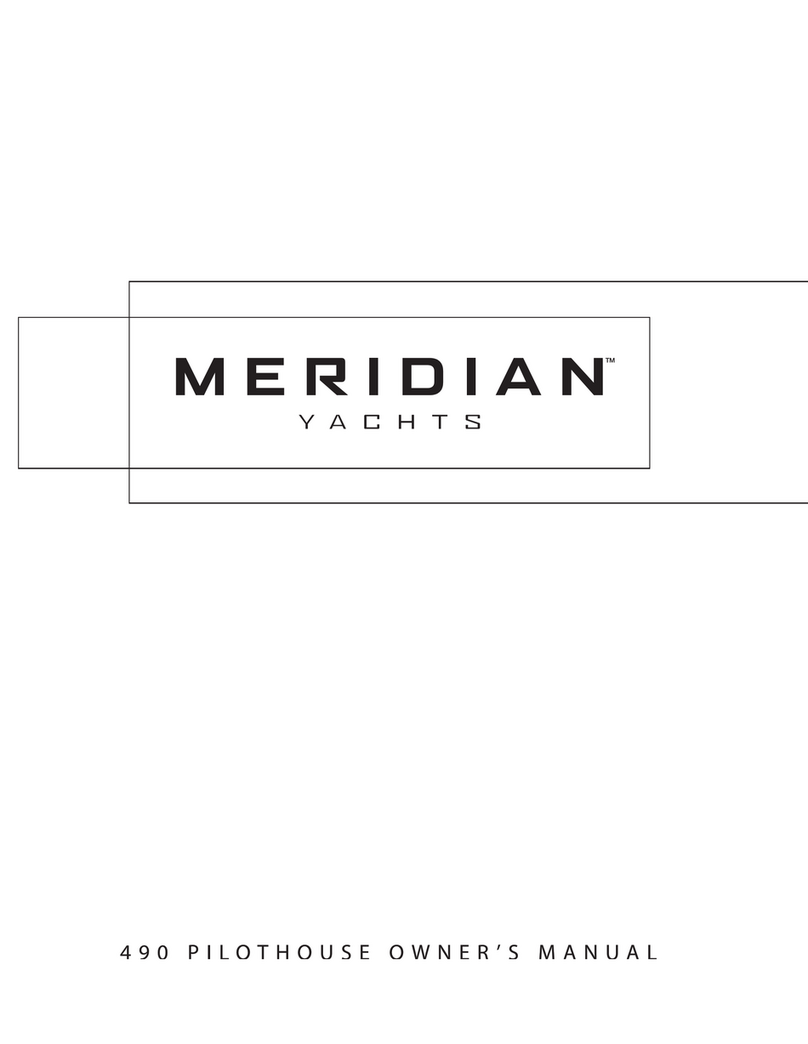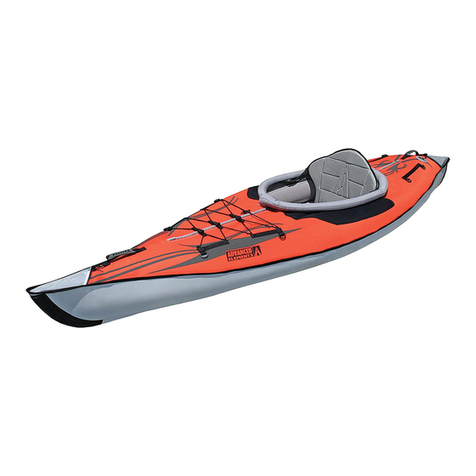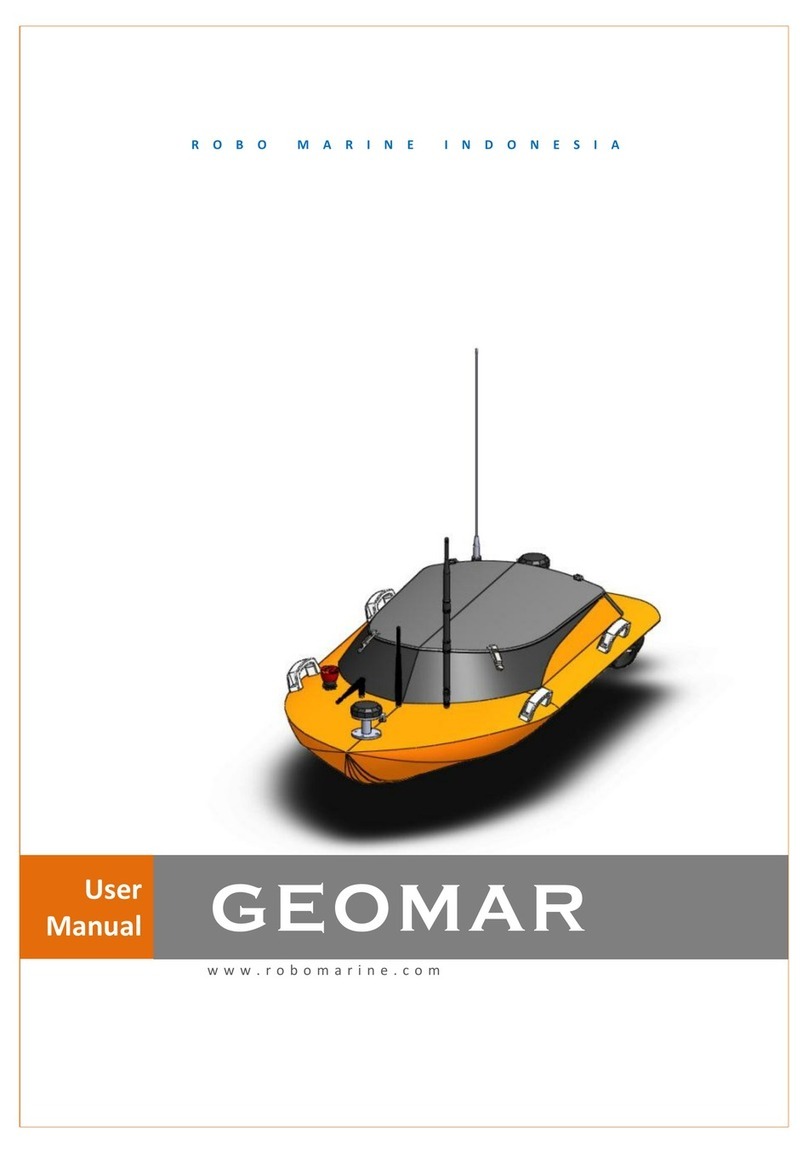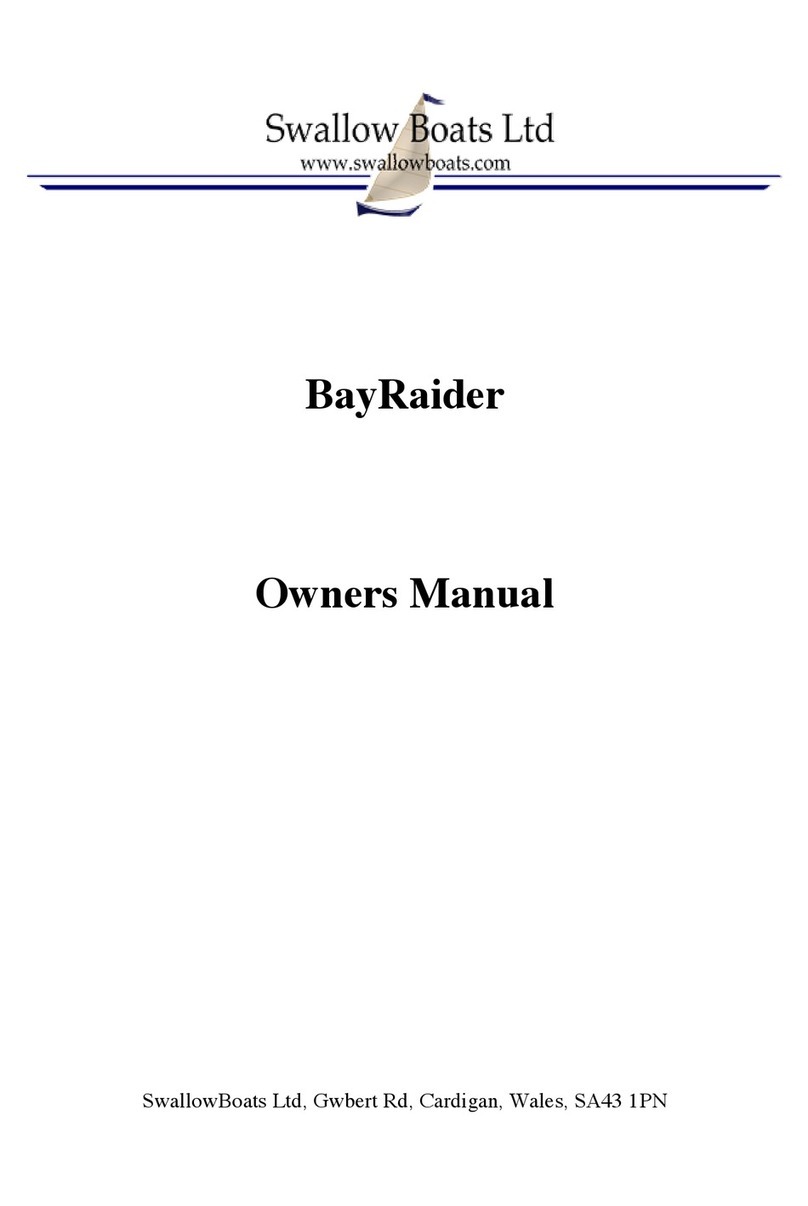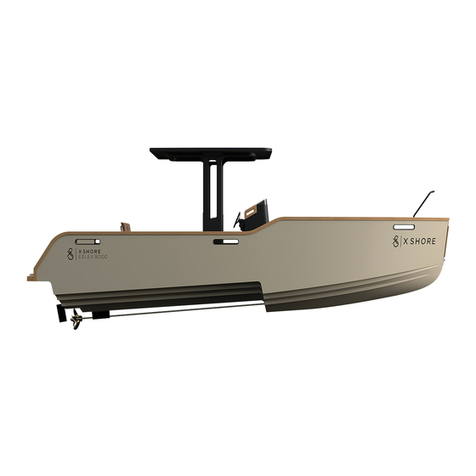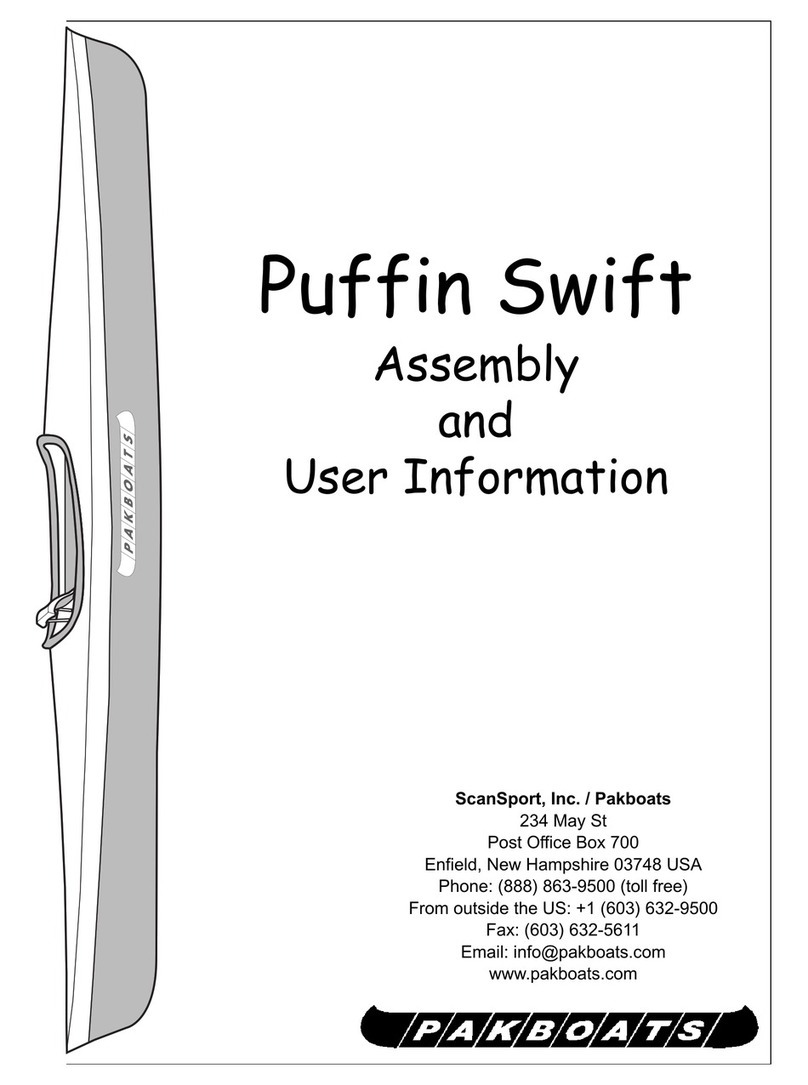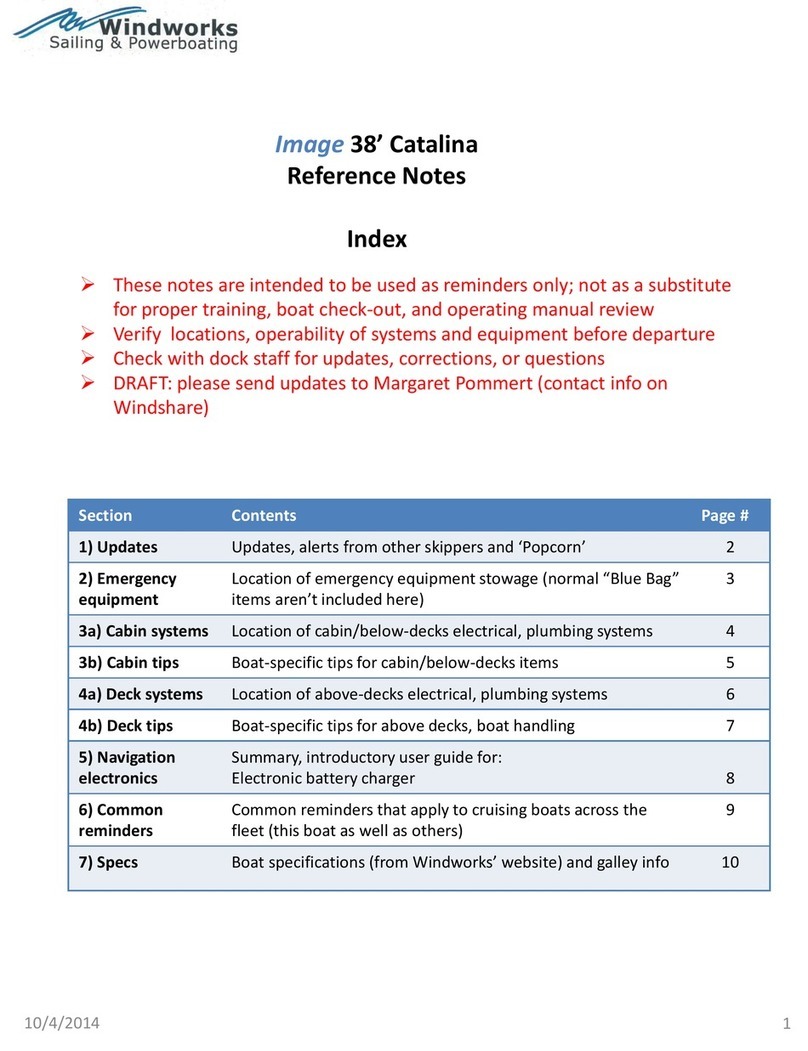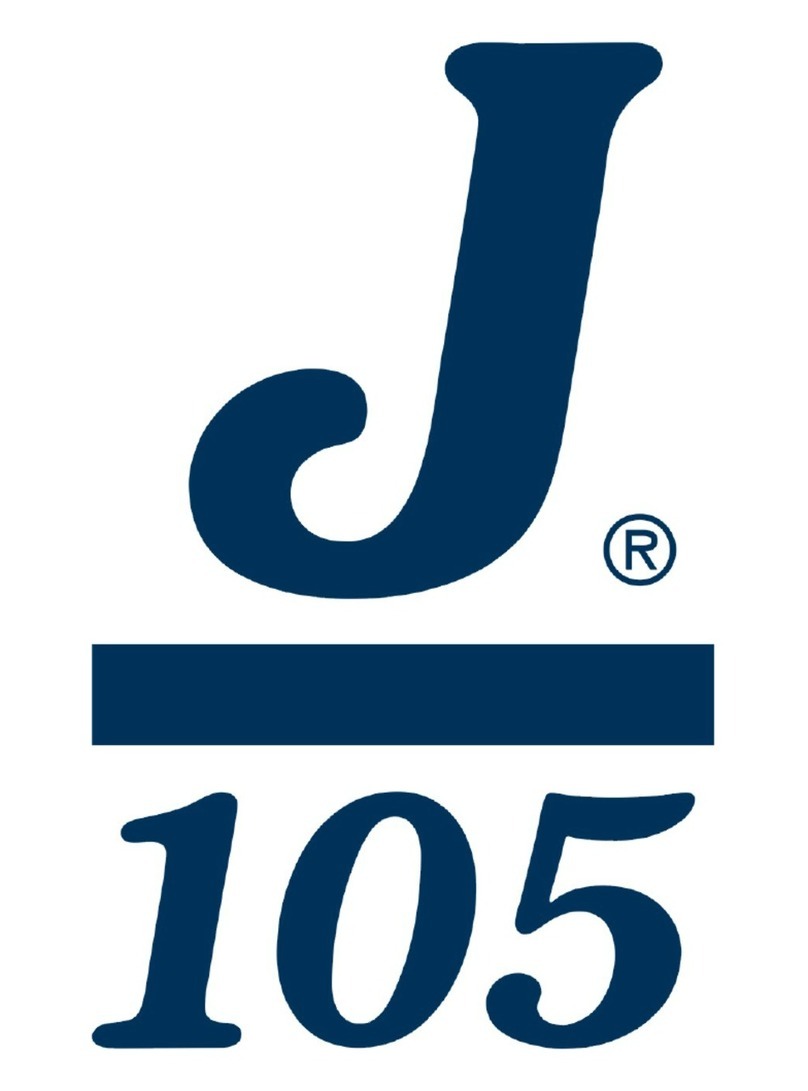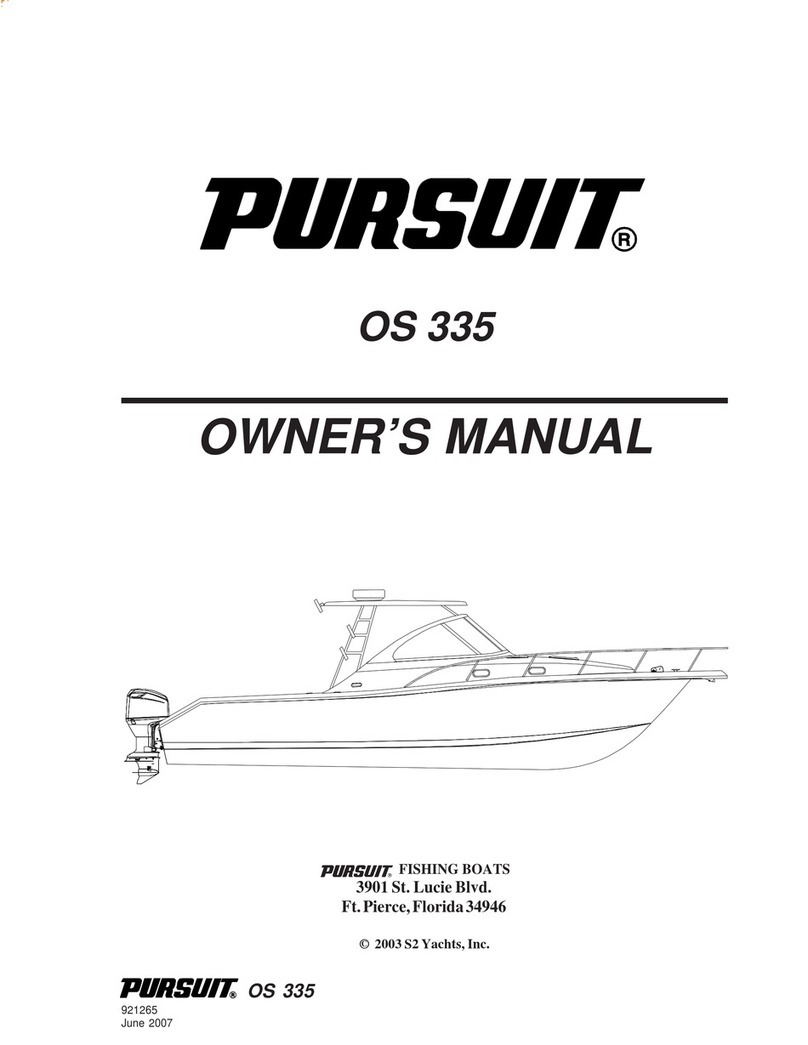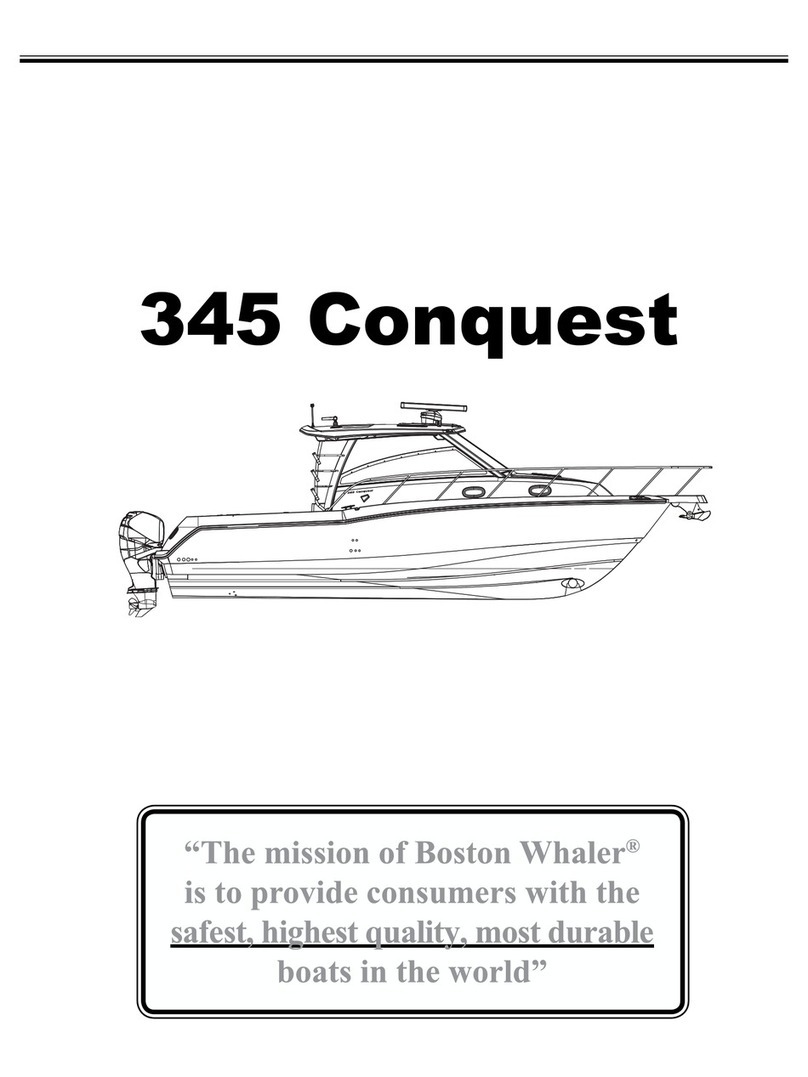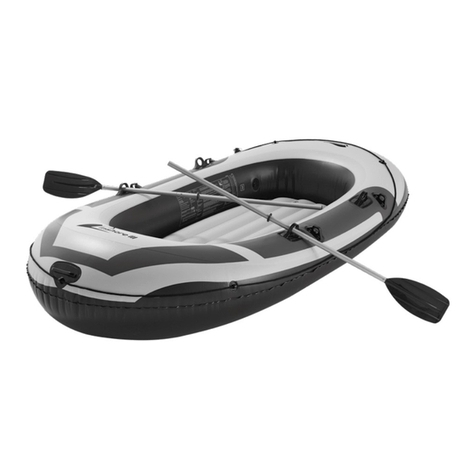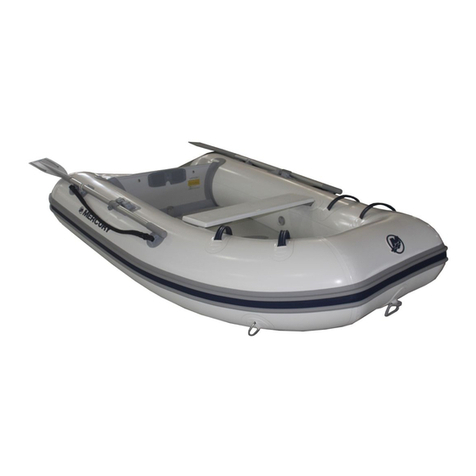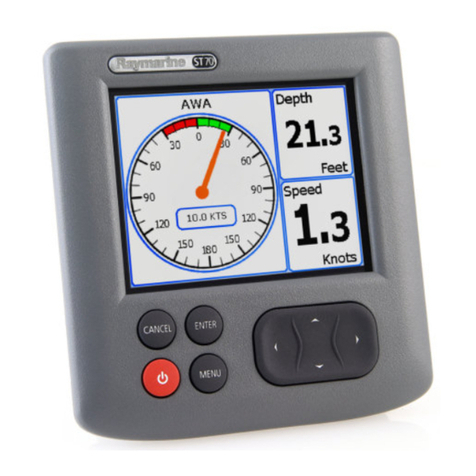
the plastic rings to engage the seat brackets. The front of the seat is supported by the center
cross rib. Straps under the seat keep the seat centered. Run each strap to the side, around the
seat's side rail and back to the buckle. Adjust the straps to center the seat.
8. The back band is attached to the hull with 4 buckles.
The webbing straps on the sides are attached in front
of the seat, and the elastic cord on the back is
attached behind the seat. Note: The elastic cord is
attached to the back band at the middle and at one
edge. The edge attachment should face down. This
will help elevate the back band.
9. Place the deck on top of the hull, oriented so that the wide end of
the cockpit faces the stern. Position the deck so that the ends of the
Velcro tape on deck and hull match at the bow. Set a few inches of
the Velcro on each side of the hull to secure the deck in position.
Move to the stern. Pull the deck tight (towards the stern) and set a
few inches of the Velcro at the stern. Move to the cockpit area, set
the Velcro on one side of the hull so that the edges line up, moving
from the center towards one end, then from the center to the other
end. Repeat the process on the other side of the hull. If the deck seems tight, it may be helpful
to put the hull on its side and lean on it a little to compress the hull.
10. Open the stern end of the deck far enough to get access
to the air valves. Inflate the upper air cells in the sides
of the hull. (It is important to inflate the upper cells
first. Failure to do so could damage the air tube.) A
good pressure is what you can easily produce with the
Quest pump. Inflate the lower air cells and close the
deck. The hull is now fully assembled.
11. Fold the bow end of the deck down over the bow and fold in the sides
so they rest snugly against the sides. Pull the end cap up to cover the
deck. Tuck the extra end cap fabric down
next to the sides of the hull. Place one
end cap plate flat on top of the deck,
then the other one. Secure as illustrated
in the picture.
12. Repeat the process described under 11. at the stern. Please note
that the stern end cap is shaped differently to avoid interfering
with the optional rudder. The process is almost the same, but the
end cap's “tail” should wrap around the stern and attach to a Velcro patch on the outside of the
edge of the deck.

